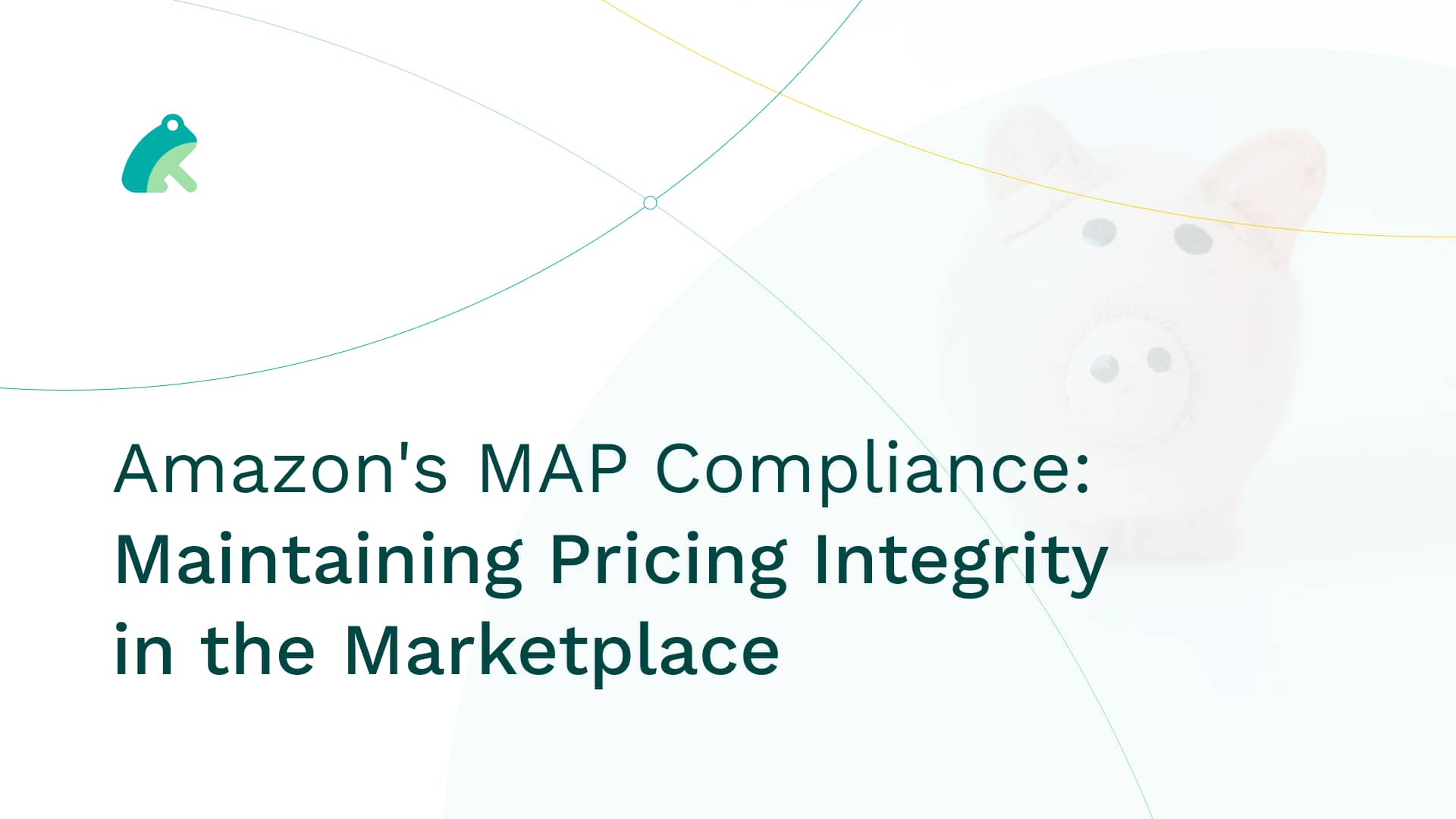Amazon’s MAP Compliance: Maintaining Pricing Integrity in the Marketplace
January 1, 2026
In the highly competitive landscape of e-commerce, maintaining control over pricing strategies and protecting brand value is crucial for both manufacturers and authorized sellers. Minimum Advertised Price (MAP) policies play a significant role in ensuring fair competition and preventing price erosion. Amazon, being the largest online marketplace, understands the importance of MAP compliance and has implemented measures to uphold pricing integrity within its platform. In this article, we will explore what Amazon's MAP compliance is, how it works, and its benefits for both sellers and consumers.

Understanding MAP Compliance
Minimum Advertised Price (MAP) is the lowest price at which a manufacturer permits its products to be advertised by its authorized sellers. MAP policies are designed to maintain pricing discipline across the distribution chain, preventing unauthorized sellers from undercutting prices and devaluing products. By establishing a minimum price threshold, manufacturers aim to protect brand image, preserve profit margins, and ensure fair competition among authorized sellers.
Amazon's MAP compliance refers to the adherence to MAP policies within the Amazon marketplace. It requires sellers to comply with the minimum advertised price set by the manufacturer when advertising their products on Amazon. Failure to comply with MAP policies can result in penalties, including loss of buy box eligibility, account suspension, or even termination.
How Amazon's MAP Compliance Works
To enforce MAP compliance, Amazon has implemented a series of measures and tools to monitor and regulate pricing practices within its platform. Here's how Amazon's MAP compliance works:
- MAP Policy Implementation: Manufacturers establish their MAP policies and communicate them to their authorized sellers. The MAP policies outline the minimum advertised price for each product and the consequences of non-compliance.
- Monitoring and Enforcement: Amazon actively monitors product listings to ensure compliance with MAP policies. This includes tracking the advertised prices of products listed by authorized sellers and identifying instances of price violations or unauthorized sellers.
- Reporting Mechanism: Amazon provides a reporting mechanism for authorized sellers and brand owners to report MAP violations. Sellers can submit a complaint and provide evidence of non-compliance, such as screenshots of lower advertised prices on competing listings.
- Investigations and Actions: Amazon investigates reported MAP violations and takes appropriate actions against sellers found in violation. This may include warnings, removal of the violating listing, suspension of selling privileges, or termination of seller accounts, depending on the severity and recurrence of the violation.
- Buy Box Eligibility: MAP compliance is an important factor in determining buy box eligibility. Sellers who consistently comply with MAP policies and demonstrate pricing integrity are more likely to win the buy box, leading to increased visibility and higher sales opportunities.
Benefits of Amazon's MAP Compliance
Amazon's MAP compliance program offers several benefits to both sellers and consumers:
- Protecting Brand Value: MAP compliance helps manufacturers maintain consistent pricing across all sales channels, protecting brand value and ensuring a level playing field for authorized sellers.
- Preserving Profit Margins: By preventing unauthorized sellers from undercutting prices, MAP compliance allows authorized sellers to protect their profit margins and invest in delivering quality products and services.
- Enhancing Consumer Trust: Consistent pricing and fair competition foster consumer trust in the Amazon marketplace. Consumers can make informed purchasing decisions without encountering significant price disparities.
- Maintaining a Competitive Environment: MAP compliance promotes fair competition among authorized sellers, preventing price wars and enabling sellers to differentiate themselves based on factors other than price.
- Improving Product Quality and Support: By upholding MAP policies, manufacturers and authorized sellers can allocate resources to deliver better product quality, customer service, and post-sales support.
Conclusion
Amazon's MAP compliance program plays a vital role in maintaining pricing integrity and fair competition within the Amazon marketplace. By enforcing MAP policies, Amazon protects brand value, preserves profit margins, and enhances the overall shopping experience for consumers. For sellers, compliance with MAP policies is essential for maintaining a strong presence on Amazon, winning the buy box, and building consumer trust. As an authorized seller on Amazon, understanding and adhering to MAP policies is crucial for long-term success and maintaining a competitive edge in the e-commerce landscape.